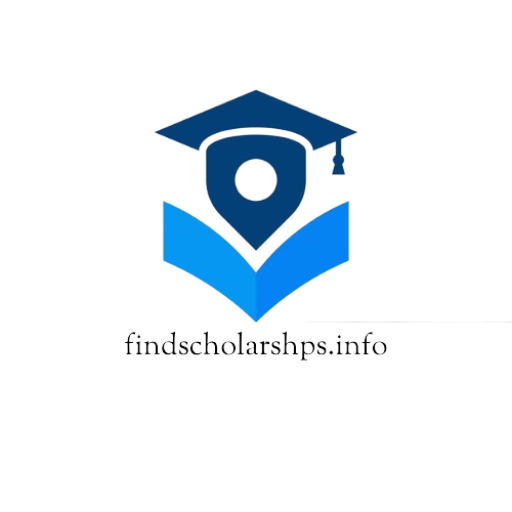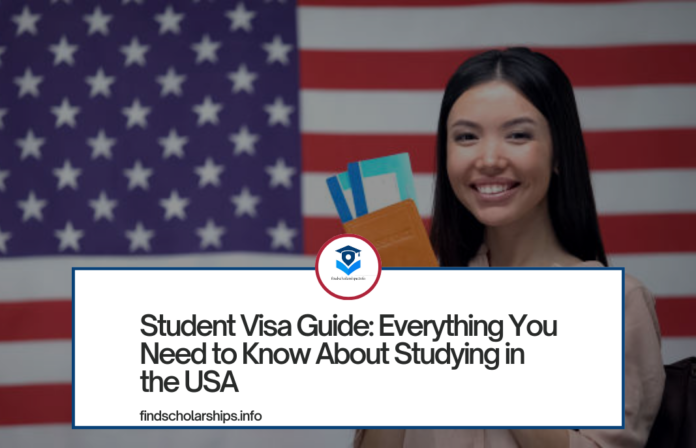Student Visa Guide: Everything You Need to Know About Studying in the USA. Studying in the USA is a dream for many international students, offering diverse educational opportunities and cultural experiences. However, navigating the student visa process can be daunting. This comprehensive guide will walk you through everything you need to know about obtaining a student visa to study in the USA.
Types of Student Visas
Understanding the different types of student visas is crucial. The most common student visas are the F-1, J-1, and M-1 visas.
1. F-1 Visa (Academic Students)
- For students attending an academic program or English Language Program.
- Allows part-time, on-campus employment.
- Eligible for Optional Practical Training (OPT) after completion of the degree.
2. J-1 Visa (Exchange Visitors)
- For students in exchange programs, including university exchanges, high school exchanges, and short-term work and travel programs.
- Requires participation in a government-approved exchange program.
- May allow for limited employment with permission.
3. M-1 Visa (Vocational Students)
- For students attending vocational or technical schools.
- Does not permit employment during the study program.
- Limited to the duration of the course and any practical training.
Step-by-Step Guide to Obtaining a Student Visa
1. Choose Your School and Program
Before applying for a student visa, you must be accepted by a SEVP-certified school in the USA. SEVP (Student and Exchange Visitor Program) certification ensures that the school meets U.S. government standards.
2. Receive Your Form I-20 or DS-2019
- F-1 and M-1 Visas:** You will receive a Form I-20 from your chosen institution.
- J-1 Visa: You will receive a Form DS-2019 from your sponsoring organization.
3. Pay the SEVIS Fee
The SEVIS (Student and Exchange Visitor Information System) fee is mandatory and must be paid before your visa interview. This fee supports the maintenance of the SEVIS system, which tracks students and exchange visitors in the USA.
4. Complete the DS-160 Form
The DS-160 form is the online application for a nonimmigrant visa. You will need to upload a photo and provide detailed information about your travel plans and background.
5. Schedule a Visa Interview
You must schedule an interview at the U.S. embassy or consulate in your home country. Visa appointment wait times can vary, so schedule your interview as early as possible.
6. Prepare for Your Visa Interview
Gather all necessary documents for your interview:
- Valid passport
- Form I-20 or DS-2019
- DS-160 confirmation page
- SEVIS fee receipt
- Passport-sized photo
- Financial evidence proving you can support yourself in the USA
- Transcripts and diplomas from previous institutions
- Standardized test scores (if required by your program)
- Proof of ties to your home country (e.g., family, property, job offer)
7. Attend Your Visa Interview
During the interview, a consular officer will ask questions about your study plans, financial status, and ties to your home country. Answer honestly and provide all requested information.
8. Wait for Visa Approval
If approved, your visa will be stamped in your passport. Processing times can vary, so plan accordingly.
9. Prepare for Departure
Once you have your visa, you can make travel arrangements. Arrive in the USA no more than 30 days before your program start date.
Tips for a Successful Student Visa Application
- Start Early: Begin your application process as soon as you receive your acceptance letter.
- Be Honest: Provide truthful information and documentation.
- Be Prepared: Organize all required documents and understand the visa interview process.
- Demonstrate Ties to Home Country: Show strong reasons for returning home after your studies.
Final Thoughts
Obtaining a student visa to study in the USA involves multiple steps, from selecting the right visa type to preparing for your interview. By following this guide and preparing thoroughly, you can navigate the process with confidence and look forward to an enriching educational experience in the USA. Start your journey today, and take the first step towards achieving your academic dreams in the USA.



